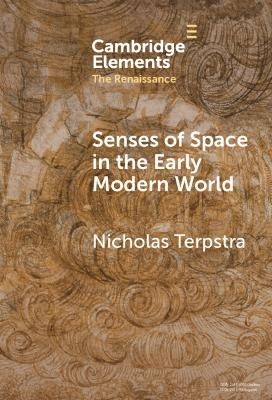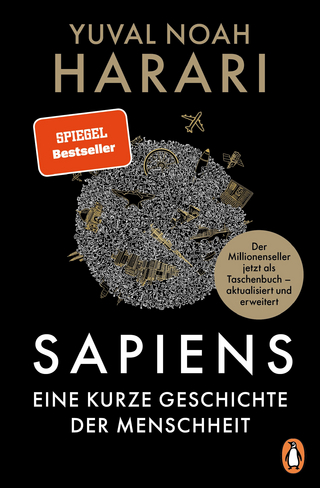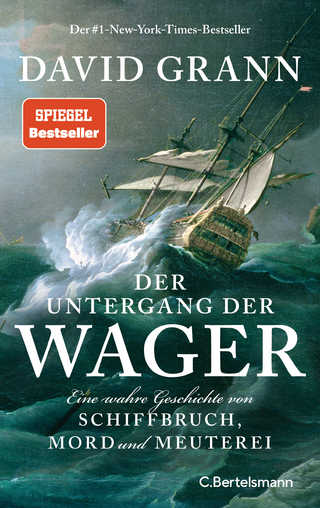
Senses of Space in the Early Modern World
Seiten
2024
Cambridge University Press (Verlag)
978-1-009-46262-4 (ISBN)
Cambridge University Press (Verlag)
978-1-009-46262-4 (ISBN)
This Element takes a global expansive and locally rooted approach to answering how early moderns experienced sense and space by focusing on 4 cities as its key examples: Florence, Amsterdam, Boston, and Manila. This title is also available as Open Access on Cambridge Core.
How did early moderns experience sense and space? How did the expanding cultural, political, and social horizons of the period emerge out of those experiences and further shape them This Element takes an approach that is both global expansive and locally rooted by focusing on four cities as key examples: Florence, Amsterdam, Boston, and Manila. They relate to distinct parts of European cultural and colonialist experience from north to south, republican to monarchical, Catholic to Protestant. Without attempting a comprehensive treatment, the Element aims to convey the range of distinct experiences of space and sense as these varied by age, gender, race, and class. Readers see how sensory and spatial experiences emerged through religious cultures which were themselves shaped by temporal rhythms, and how sound and movement expressed gathering economic and political forces in an emerging global order. This title is also available as Open Access on Cambridge Core.
How did early moderns experience sense and space? How did the expanding cultural, political, and social horizons of the period emerge out of those experiences and further shape them This Element takes an approach that is both global expansive and locally rooted by focusing on four cities as key examples: Florence, Amsterdam, Boston, and Manila. They relate to distinct parts of European cultural and colonialist experience from north to south, republican to monarchical, Catholic to Protestant. Without attempting a comprehensive treatment, the Element aims to convey the range of distinct experiences of space and sense as these varied by age, gender, race, and class. Readers see how sensory and spatial experiences emerged through religious cultures which were themselves shaped by temporal rhythms, and how sound and movement expressed gathering economic and political forces in an emerging global order. This title is also available as Open Access on Cambridge Core.
1. Thinking with space and sense; 2. The sight of space; 3. The force of sound; 4. The sites of smell; 5. The taste of time; 6. The times of touch; 7. Conclusion; Bibliography.
| Erscheinungsdatum | 16.03.2024 |
|---|---|
| Reihe/Serie | Elements in the Renaissance |
| Zusatzinfo | Worked examples or Exercises |
| Verlagsort | Cambridge |
| Sprache | englisch |
| Gewicht | 274 g |
| Themenwelt | Kinder- / Jugendbuch ► Spielen / Lernen |
| Geisteswissenschaften ► Geschichte ► Allgemeine Geschichte | |
| Geisteswissenschaften ► Geschichte ► Regional- / Ländergeschichte | |
| ISBN-10 | 1-009-46262-8 / 1009462628 |
| ISBN-13 | 978-1-009-46262-4 / 9781009462624 |
| Zustand | Neuware |
| Haben Sie eine Frage zum Produkt? |
Mehr entdecken
aus dem Bereich
aus dem Bereich
eine Familiengeschichte der Menschheit
Buch | Hardcover (2023)
Klett-Cotta (Verlag)
49,00 €
Eine wahre Geschichte von Schiffbruch, Mord und Meuterei
Buch | Hardcover (2024)
C.Bertelsmann (Verlag)
25,00 €


